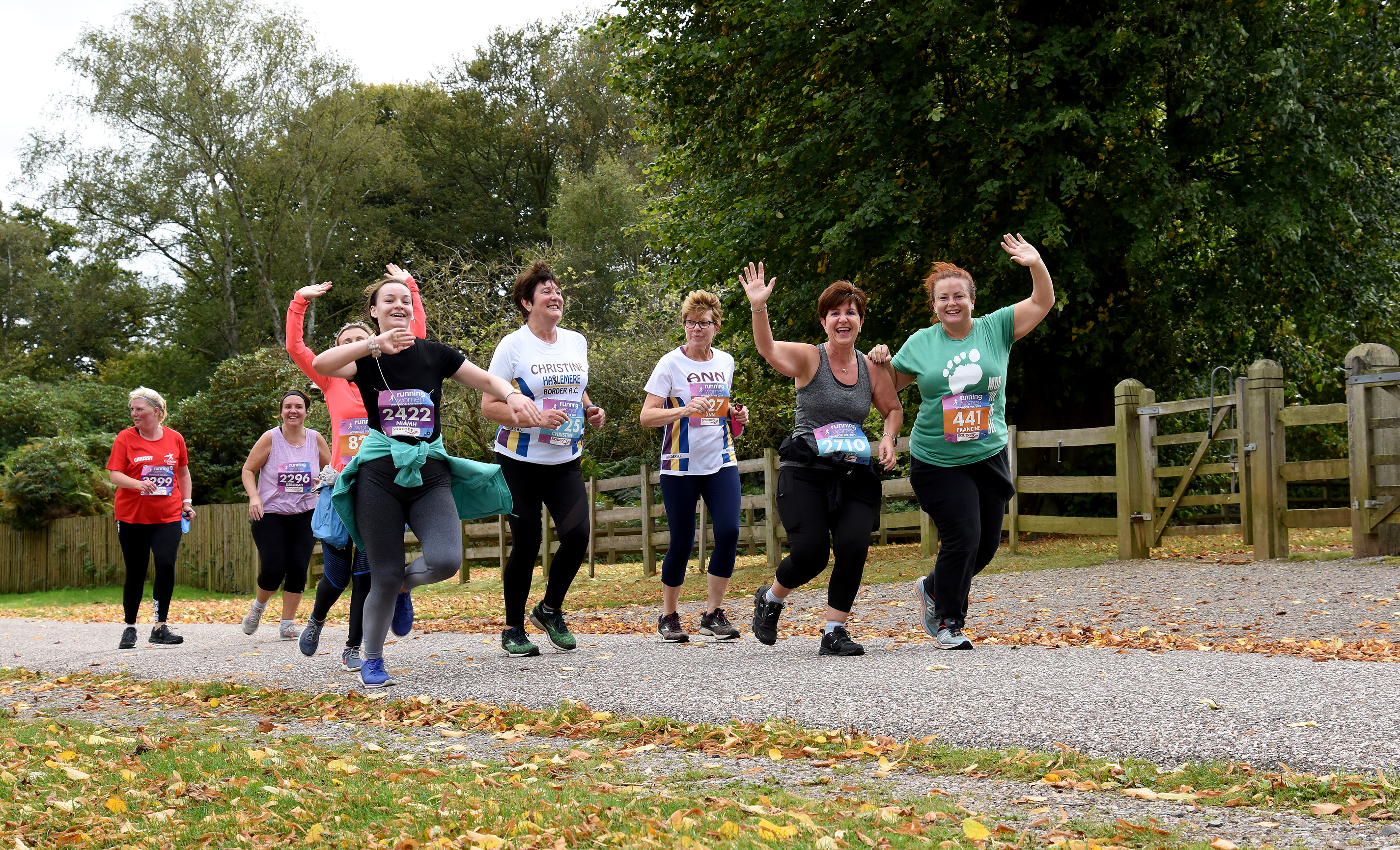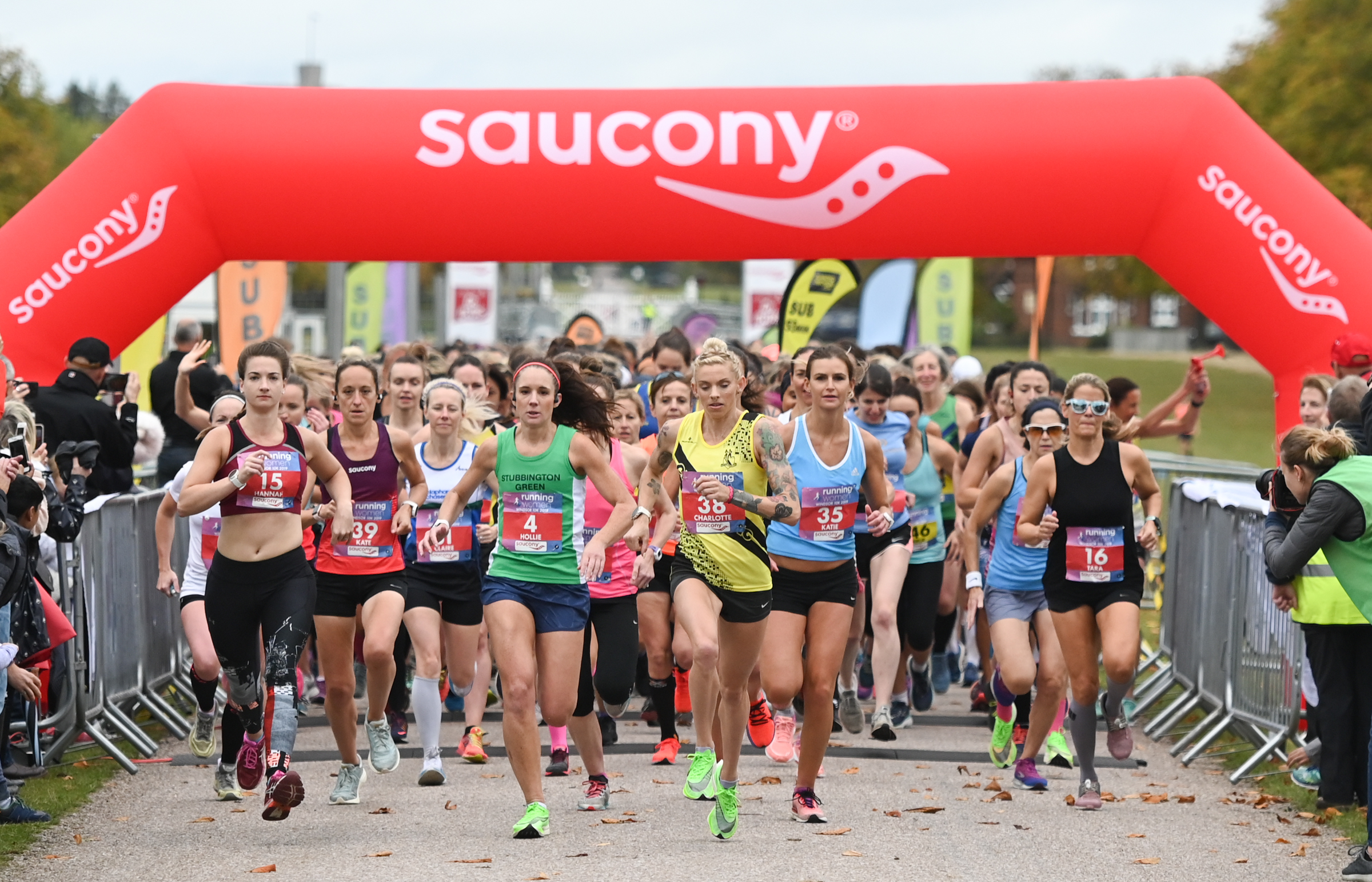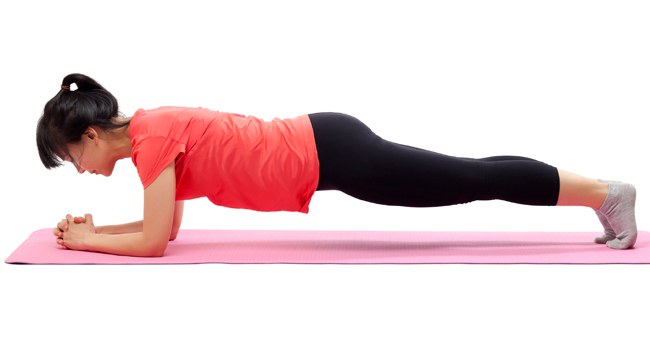Flexibility, Balance And Mobility Challenges
Last week we gave you 3 ways to assess baseline running fitness. This week it’s about assessing and improving other areas of fitness to support your running.
Flexibility, core work, balance and strength are all important areas of fitness to work on if you want to continue to enjoy running without injury. Here are some great challenges you can do at home to assess, benchmark, and then improve these areas.
Core Strength
A strong core (your abs, but also your back, hips and glutes) will really help your running. Core strength translates into stability, back health, power and endurance – all things runners should be looking to improve and maintain. Core strength can even help you maintain good posture and proper pelvic alignment.
Test It: With a plank. Get into a plank position, on your toes, elbows and forearms. Elbows are under shoulders, and your body is in a straight line from crown of the head to toes. Think about your spine being in alignment, and don’t let your bottom come up in the air or your hips and tummy sag. Time how long you can hold the plank with perfect alignment – the minute your hips drop or bottom comes up higher than that straight line, the time’s up.
Less than 60 seconds – needs improvement
60-90 seconds – good but could be better
90-120 seconds – great, so now get even stronger
Improve It: Lie on your back with hands at your sides, legs straight and together, and heels hovering just off the floor. From here, start to sit up and bring your left arm in with elbow bent (like a sprint start position). At the same time, bring your right knee in towards your chest. Everything should be slow and controlled. Lower back down and repeat on the other side without resting your heels on the ground. Do as many as you can, and work up to 16.
Upper Body Strength
As runners, we think about our legs, but how often do we consider how upper body strength could benefit our running speed and performance? Strong back, shoulders, arms and chest helps you maintain good posture and an open chest, making it easier to oxygenate the body and improving your endurance.
Test It: With press ups/push ups. Get into a push up position, hands wider than shoulders, tummy tight and eyes looking forward (don’t let your head sag). On your toes is great but on your knees is fine – what’s important is safety and good form. Do as many as you can before your form breaks.
Less than 10 – needs improvement
10-20 – great but can be better
20-30 – fantastic, so now get stronger
Improve It: By increasing the challenge. If you had to do the test on your knees, start doing push ups on your toes (even if you can barely do one). Work on it, don’t go back to the easier option, and progress your full press ups from here. If you could do them on your toes, progress by pitting your feet on a low bench or stability ball. Do 2-4 sets at least twice a week to build your upper body strength for running, and stretch your chest out afterwards.
Balance
Good balance is so important to running – think about it, every stride we take is a huge challenge to our balance, even more so if we run off road or on trails. Work on balance to help your body’s nerve endings, which work so hard to stay one step ahead of you and keep you balanced! Working on balance is particularly important as we age.
Test It: With the tree pose from yoga. Stand up tall, place one foot against the inside of the other leg (from calf to inner thigh – but never against the knee joint) and time how long you can balance here. Repeat on the other side and take an average of the two times.
Less than 25 seconds – needs work
25-50 seconds – good, now let’s improve it
50+ seconds – really great, but can still be improved upon
Improve Tt: With single-legged squat work. Stand with your back to a wall and put a stability ball behind your back. Lean into it, lift one foot off the ground, and slowly lower down into a squat. Press back up with your foot still off the ground. It’s exactly like a bodyweight squat, just on one foot. Do 8 or more reps, then switch to the other foot.
Flexibility
Most of us neglect flexibility, but it’s important for runners, leading to a more efficient stride, better endurance and less chance of injury. You know it feels good when you do stretch, so make the effort to work on it more often.
Test Tt: With a hamstring stretch. Lie on your back, and draw one knee into the chest with the other straight out on the floor. Hold your foot if you can, or use a towel looped around your sole. Straighten that leg as much as possible, lie your head back on the floor, and flex your foot. Think about pressing the sole to the ceiling or far wall. What angle does the leg get to?
Less than 45 degrees- needs improvement
45-90 degrees – getting there
90 degrees – good flexibility, now maintain it
Improve It: With this great stretch for runners. Stand with your back against a wall and your feet slightly away from it. Lean your bottom against the wall. Bend forwards in a forward fold and put your palms on the floor or on your shins. Relax. Make it more difficult as time goes on by moving your hands lower, and/or moving your feet closer to the wall. Hold for up to a minute, come out of the stretch, then repeat 2-4 times. This is a great stretch to do after running.
Similar Posts:
- Flexibility, Balance And Mobility Challenges
- Half Marathon Stretches
- This Tip Will Improve Your Running Efficiency.
- The Best Stretches To Prepare For the Windsor Women’s 10k
- 8 things you can be doing to improve your running… that isn’t actually running
- No-kit exercises for stronger legs




Add Comment